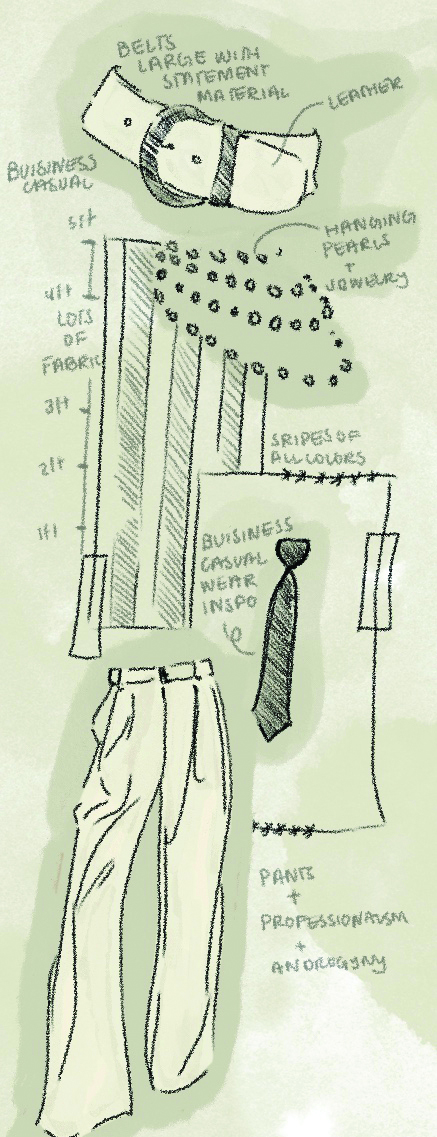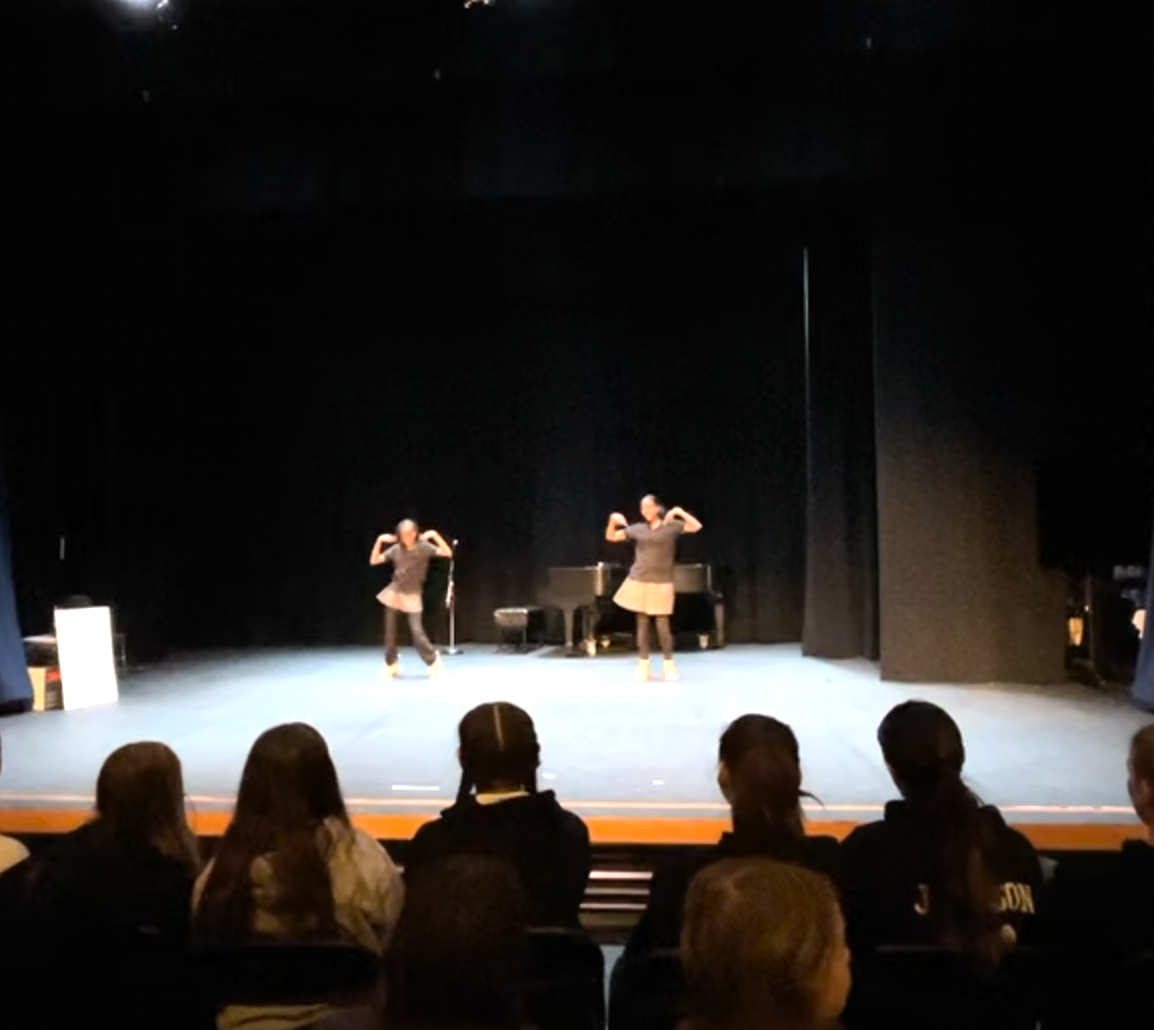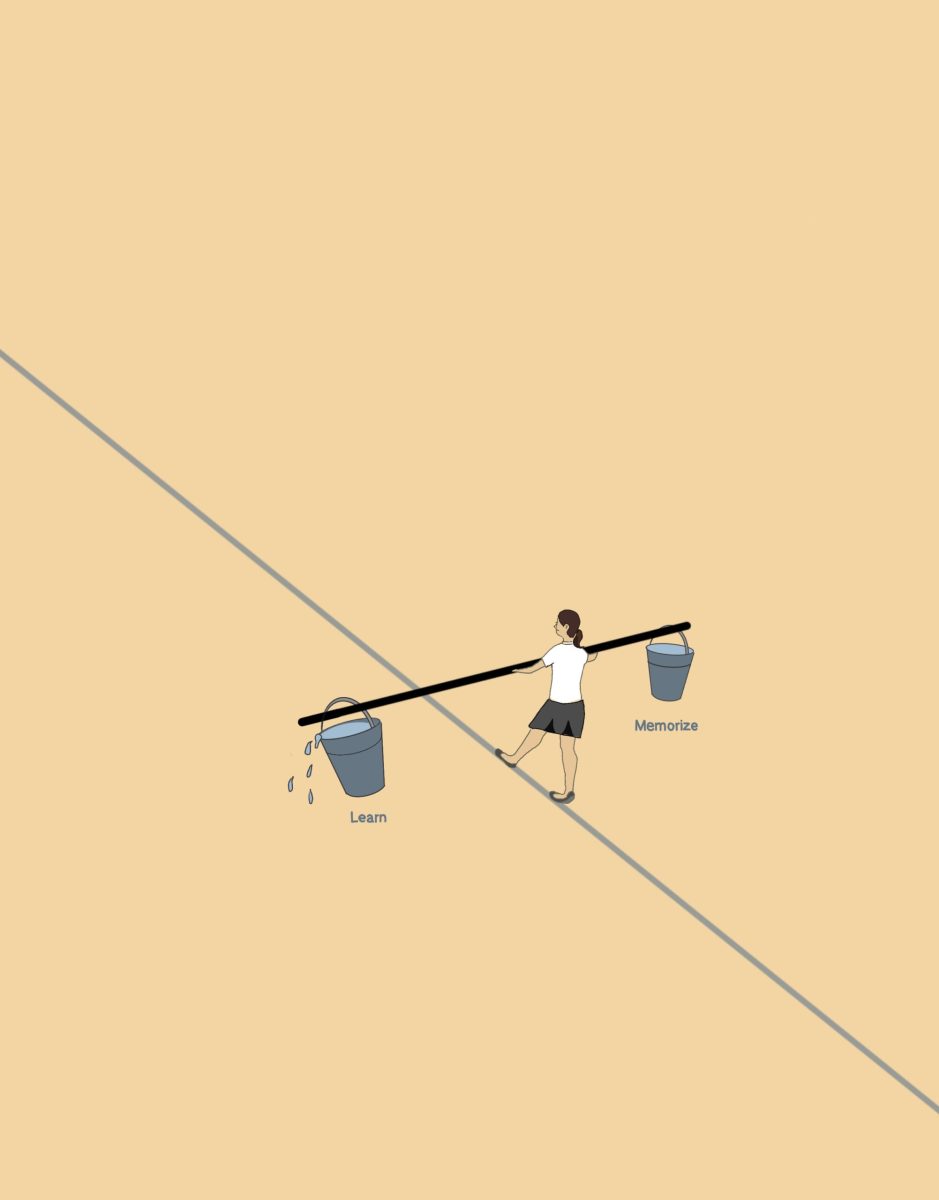
During the Miss Teen USA pageant in 2007, viewers watched as incoherent sentences exhibiting a lack of education in geography tumbled out of Miss South Carolina’s mouth after she was asked why one-fifth of Americans were unable to locate the U.S. on a map. Unfortunately for her, the nation was quick to comment, and Miss South Carolina promptly became, and remains to this day, a laughing stock to the entirety of English-speaking countries. But honestly, I can confidently say that most, if not all, of us have made a blunder when it comes to geography. The fact of the matter is, a persistent problem that still plagues many of us Americans today is our lack of basic geographical knowledge.
Some argue that this issue is caused by the shortcomings of the U.S. public education system, but the sad part is that, even at Marlborough, a school that prides itself in being an elite school with a 100 percent matriculation rate, many of my peers and I are still sorely lacking in geographic knowledge. This isn’t to say that Marlborough is the only elite independent school that has this problem; I’m sure most, if not all, schools of similar reputations have the same dilemma. Yet, with a lack of any sort of class specifically for geography at Marlborough, what exactly is the School doing about it?
When I began attending Marlborough in seventh grade, our class’ very first test was in our Intro to U.S. History class, and it was to label every state (and possibly their capitals as well, although I don’t have a memory of it to that extent) in the U.S. Of course, being fresh out of an elementary school where the only thing I really did learn was U.S. geography, I didn’t get a single state (or capital) wrong. But beyond that, the next time I was seriously tested on geography was in my ninth grade Ancient Civilizations Honors class, which no longer exists, and in my AP Spanish Language class during my senior year. Throughout the years in between, geography has always been merely a supplement to what the class was learning, and never a requirement. Neither the standardized tests for AP U.S. History or AP European History had questions that specifically focused on geography, so naturally those classes didn’t focus much on geography. They leaned more towards teaching facts and ideas about doctrines, wars, rebellions, movements, etc. Even my eighth-grade Global Studies class used geography as a mere supplement to the class material–A Global Studies class. Instead of getting quizzed on what cities and countries go where in the world, we’re simply shown a map that, at least in my case, doesn’t get as many looks as it deserves since students are too busy taking notes from the class lecture. Honestly, judging from a lot of the quizzes and tests I’ve taken in my many years of education, I probably could have gotten away with thinking that the entirety of Africa is a country. Furthermore, even though most students are learning languages from different regions of the world, geography still plays a small part, if it plays any part at all.
Now I’m not saying my School experience represents the experiences of the entire student body. There are many variations of the same subject at our school, each with a different focus (for example, AP World History vs. Modern World History), so it’s possible other students have been able to get a better education in geography than I have. I’m also not necessarily saying that the School should add a geography class (although, if it were to be considered, there is an Advanced Placement test for Human Geography, which not only focuses on geography, but also puts a special focus on how the human population affects our planet). But with all of the opportunities that the School has in giving its students a proper understanding of the layout of the world, I personally think the School can do better in taking advantage of them by making geography a bigger priority in class curricula. There can be more assessments on countries and their capitals, on important mountain ranges and lakes and seas and deserts and forests, and why they’re important to know in relation to the subject at hand. A focus on geography can even be added to the recently implemented Global Awareness Program. After all, geography helps students learn about the culture of a certain country and their current and past relationships with the countries around them, which helps with learning world languages, world history, and gaining a general understanding of international relations.
It’s very easy to overlook geography as a mere supplement for all of these vital fields of education, but with a more rigorous education in geography, I believe it can become easier to learn about the subject matter at hand in a more visual and contextual way.
















